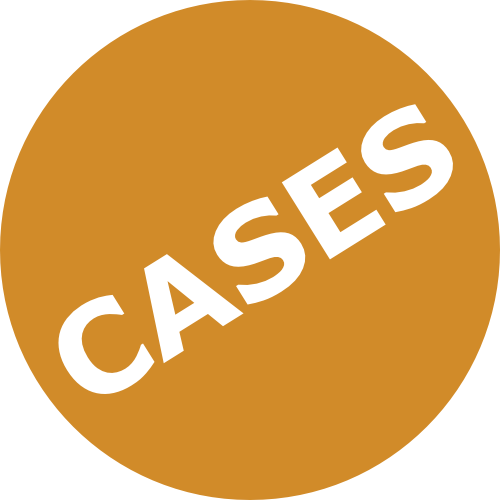Teacher: Morten Nyboe Tabor

Morten Nyboe Tabor has put considerable effort into designing activities for his students between lectures. The idea is to give them a deeper understanding of their subjects.
The two main ones are quizzes based on the curriculum and short YouTube videos in the form of either pencasts (consisting of theoretical analysis of one of the models in the curriculum) or screencasts (which show how to perform statistical analyses using the program OxMetrics).
The quizzes encourage students to test their own understanding of the curriculum and help them focus on key elements. They are set up in Absalon, and students can take them whenever and as often as they wish.
“For me as a teacher, this has been a way to generate feedback on student learning and identify what students find difficult, so that I can address that in the lectures. I usually check the quiz results prior to the lectures to see the percentage of correct answers,” says Morten.
Videos are used as general introductions to a topic and for reiterating key points. This means that students are better prepared for lectures, leaving more time to focus on difficult topics.
Pencast example:
Screencast example:
The videos are published on YouTube but also embedded in Absalon, so that students are able to prepare for lectures without leaving the system.
What was your motivation?
“My aim is to encourage the students to work in a more focused way with the curriculum,” Morten explains. “I wanted to ensure that they were better prepared in advance of the lectures, to leave more time for other, more difficult topics. My overall goal is to facilitate active learning that fosters deeper understanding.”
How did you get started?
When course evaluations highlighted the need for new ways of teaching, Morten began mulling over the best way to achieve this.
“First, I started to play around with the test module in Absalon, and spent quite a lot of time working on a set-up that suited my teaching,” says Morten.
When producing his videos, Morten took inspiration from other, similar projects and from watching pencast and screencast videos on Youtube.
How did it go?
“I received a lot of positive feedback from the students via the course evaluations,” he says. “Not all students use the quizzes, but those who do like them. They say that the quizzes have a positive effect on their learning and help them understand the topics. Almost all of the students have watched the videos. They can watch them as often as they wish before the lecture, when working on assignments and while preparing for the exam.”
Morten has also received plenty of feedback from teachers who would like to follow his lead, as well as people outside UCPH who have seen his videos on YouTube. One of his videos has had more than 1,000 views worldwide and been added to a number of playlists. Morten thinks this is an effective way of branding UCPH.
What was the outcome for you - and the students?
“Videos are an investment, because they’re still there the next semester and can be re-used in the teaching,” says Morten. “Also, students who are writing their theses two years later and have forgotten some of the things they learned can watch them again and refresh their memories.”
Morten thinks his lectures have changed. More students are able to answer the questions in Socrative during them, and he finds that he is able to pitch them at a higher level now that the students are better prepared.
“A lot of students will spend ten minutes watching a video but won’t set aside half an hour to read a few pages in a textbook. I even tried uploading a video at 8 pm the night before a lecture, and more than 100 students had watched it by the next morning. The video is easy, accessible and they can watch it over breakfast,” says Morten. The videos also let him reach students who have different learning needs and would benefit from some measure of control over the pace and delivery of the teaching.
How much time did you spend on it?
“At first, it was very time-consuming,” Morten explains. “It took time to develop the quizzes, to find good questions that were relevant and at the right level – not too easy, not too hard.”
Morten explains that approximately 80% of the students should be able to answer the quiz questions correctly, as the aim is to support their understanding of the text. “It requires an understanding of the students’ knowledge levels. It’s a matter of finding realistic answers that don’t differ too much – the questions shouldn’t be trivial, but should seek to identify any misunderstandings.”
Morten spent a lot of time on his first video to get the right setup for recording, editing, etc. In the process, he created his own version of the Dogma manifesto:
- 10 minutes per video
- Only one topic and one page with annotations per video
- one hour to record, edit, and upload a video.
“It’s crucial to accept that the videos won’t always be perfect, otherwise it would take forever. This is an obstacle you have to overcome, and it’s much easier once you have done it a few times. I always tell the students that if they find an error in the videos then they should let me know so we can insert a comment to fix it.”
Even more
Required hardware:
- Tablet with a pen.
- Headset.
- (External mouse and keyboard.)
The software I use:
- PDF Annotator, for annotating pencast
- OxMetrics, for performing estimations for screencasts
- Camtasia Studio, for recording of the screen and audio, editing, and direct upload to Youtube.


